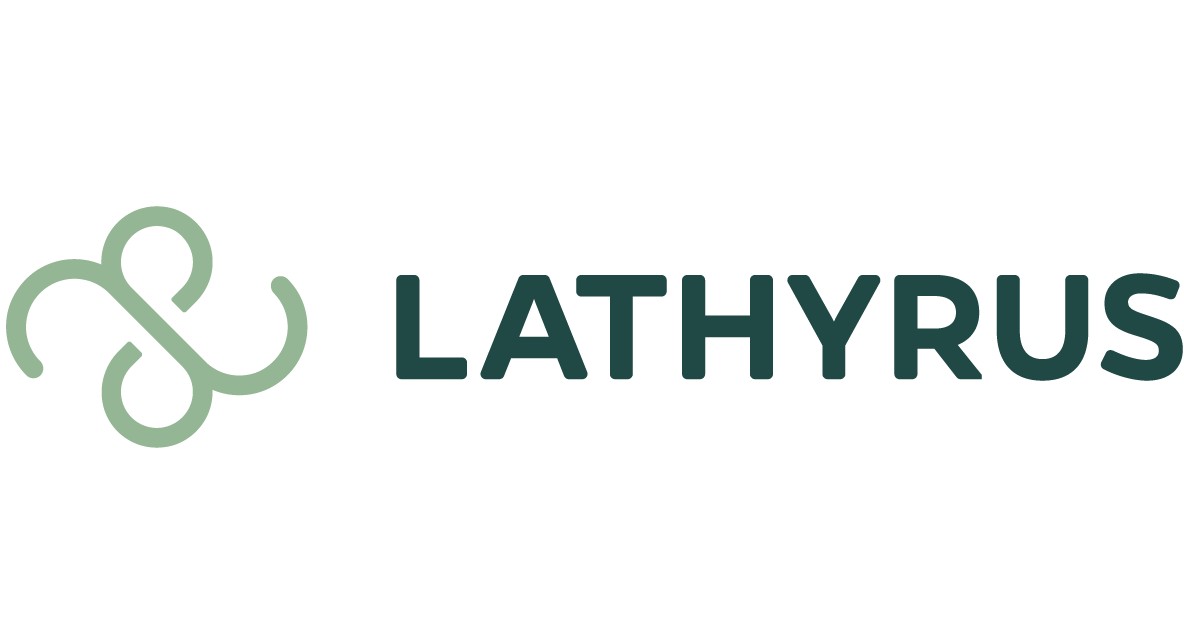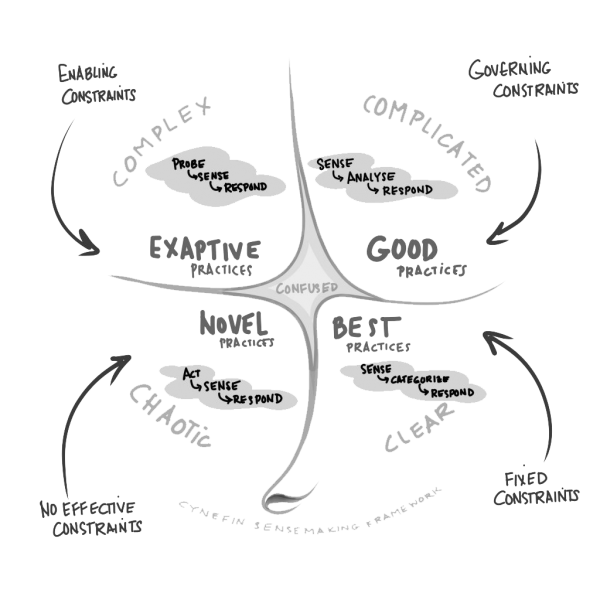In my last post, I wrote about Thomas Wedell-Wedellsborg’s proposition that we often don’t understand the problems we’re trying to solve — and that stepping back and reframing those problems can lead to much more effective solutions.
Once we have a better understanding of what the problem is, identifying the kind of problem it is can also help us make sense of where we are and where to go. This is where the Cynefin Framework is an invaluable compass.
Dave Snowden developed the Cynefin Framework in the late 1990s in response to management consultants who were treating all organizational problems as having clearly identifiable causes and effects with corresponding best-practice solutions. Snowden challenged this approach by identifying five problem domains: Clear, Complicated, Complex, Chaotic, and Confused.
Orienting ourselves within this framework, we can determine whether we need to find a checklist (Clear), consult an expert (Complicated), experiment and innovate (Complex), act and assess (Chaotic), or make more sense of the situation (Confused).
It’s important to recognize that for different people and situations, the same problem may fall into very different domains. What for me might be a chaotic emergency could for a trained responder be complicated but manageable. What early in my career might have been a complex, creative challenge, later becomes clear and familiar, and my response to it more rote.
What I particularly appreciate about the Cynefin Framework is that it helps me see when I don’t need to overcomplicate things, and when I need to better prepare or seek help. You can learn more at https://thecynefin.co/about-us/about-cynefin-framework/
Copyright © 2023 Lynn Thorsell, All rights reserved.
Photo by Ali Kazal on Unsplash
What’s the problem? << More Notes >> One body, a thousand brains



